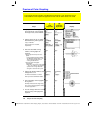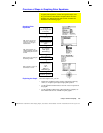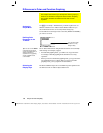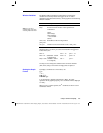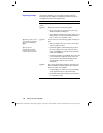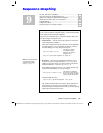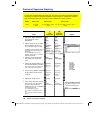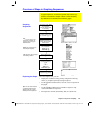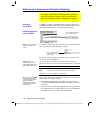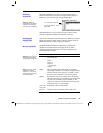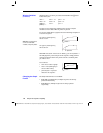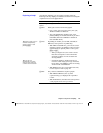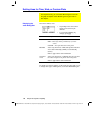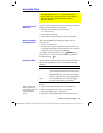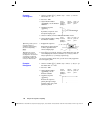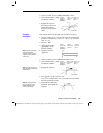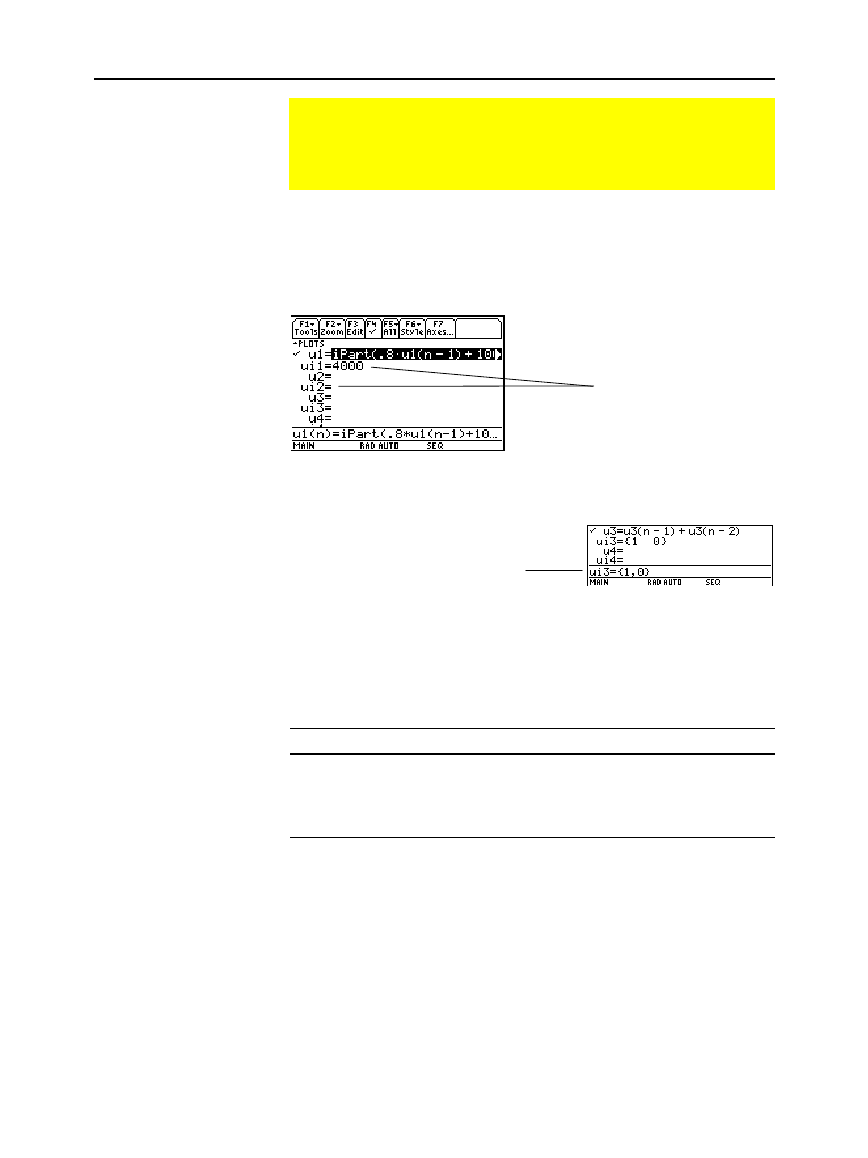
142 Chapter 9: Sequence Graphing
09SEQUEN.DOC TI-89/TI-92 Plus: Sequence Graphing (English) Susan Gullord Revised: 02/23/01 10:59 AM Printed: 02/23/01 2:14 PM Page 142 of 14
Use
3
to set
Graph = SEQUENCE
before you define sequences or
set Window variables. The Y= Editor and the Window Editor let you
enter information for the
current
Graph
mode setting only.
If a sequence requires more than one initial value, enter them as a list
enclosed in braces { } and separated by commas.
If a sequence requires an initial value but you do not enter one, you
will get an error when graphing.
On the Y= Editor,
Axes
lets you select the axes that are used to
graph the sequences. For more detailed information, refer to page 146.
Axes Description
TIME
Plots
n
on the x axis and
u(n)
on the y axis.
WEB
Plots
u(n-1)
on the x axis and
u(n)
on the y axis.
CUSTOM
Lets you select the x and y axes.
The Y= Editor maintains an independent function list for each
Graph
mode setting. For example, suppose:
¦ In
FUNCTION
graphing mode, you define a set of
y(x)
functions.
You change to
SEQUENCE
graphing mode and define a set of
u(n)
sequences.
¦ When you return to
FUNCTION
graphing mode, your
y(x)
functions
are still defined in the Y= Editor. When you return to
SEQUENCE
graphing mode, your
u(n)
sequences are still defined.
Differences in Sequence and Function Graphing
This chapter assumes that you already know how to graph y(x)
functions as described in Chapter 6: Basic Function Graphing.
This section describes the differences that apply to sequences.
Setting the
Graph Mode
Defining Sequences
on the Y= Editor
Note: You must use a list to
enter two or more initial
values.
Note: Optionally, for
sequences only, you can
select different axes for the
graph. TIME is the default.
Tip: You can use the Defin
e
command from the Home
screen (see Appendix A) to
define functions and
equations for any graphing
mode, regardless of the
current mode.
Use ui only for recursive
sequences, which require
one or more initial values.
You can define sequences
u1(n) through u99(n).
Enter {1,0} even though
{1 0} is shown in the
sequence list.



